This is Åsnes
First of all, every one of our skis is conceived, designed, and developed at our base in the Norwegian district of Voss. We’re a small team; everyone has a hand in development. Our ambassadors, test team and sponsored skiers have in the design and development of skis.
Our production manager is the third generation of the Åsnes family to put their name to our skis. So history, knowledge and experience have passed down through the generations.
Åsnes is a world leader in the construction of nordic skis built for the backcountry (what we call “fjellski” in Norway) and the preferred supplier of skis for polar expeditions worldwide. Our experience stretches back to 1922. Knowledge, tradition and the joy of skiing are still part of our blood and something we’re proud of.
Since we’ve contributed to so many expeditions and deliver skis to many NATO countries, we like to say that our test arena is at the North Pole, the South Pole and the arctic generally. All our skis have been tested to withstand years of hard use in demanding environments.

Planing wooden cores, 1963. The picture was taken at the Åsnes Ski Factory in Straumsnes, where Åsnes produced skis for several generations. Photo: Åsnes/Archive
Our design and development philosophy
Why?
Our goal is the development of the best mountain equipment in the world – innovative, reliable and highly functional, built for exploring the wilds.
And through this, to encourage and inspire the exploration of wild nature.
Our history and the stories we tell should inspire to follow dreams, break barriers and explore nature in the form of powerful nature experiences in real, wild nature.
How?
Through our design and development philosophy.
Our equipment is innovative; functional; real.
Our first priority is excellence.
Åsnes is, and will continue to be, known for the high quality of equipment intended for use in harsh environments..
Who?
Our equipment is for ALL those seeking nature experiences and inspiration to explore.
Our history, and the stories we tell, should inspire others to seek the powerful experience of nature at its wildest, challenging themselves and realising their dreams.
The structure of the skis
Our skis all have a family resemblance in style, quality, and philosophy. All are made in Europe.
Short skin attachment points (Skinlock)
The safest, securest and most trusted system for fixing and protecting short skins there is. Tested to the limits on countless expeditions and long tours. Simple to use; resistant to icing up. Our SkinProtector©®, X-Skins© short skins and Skinlock© were developed in-house, and are unique to Åsnes.
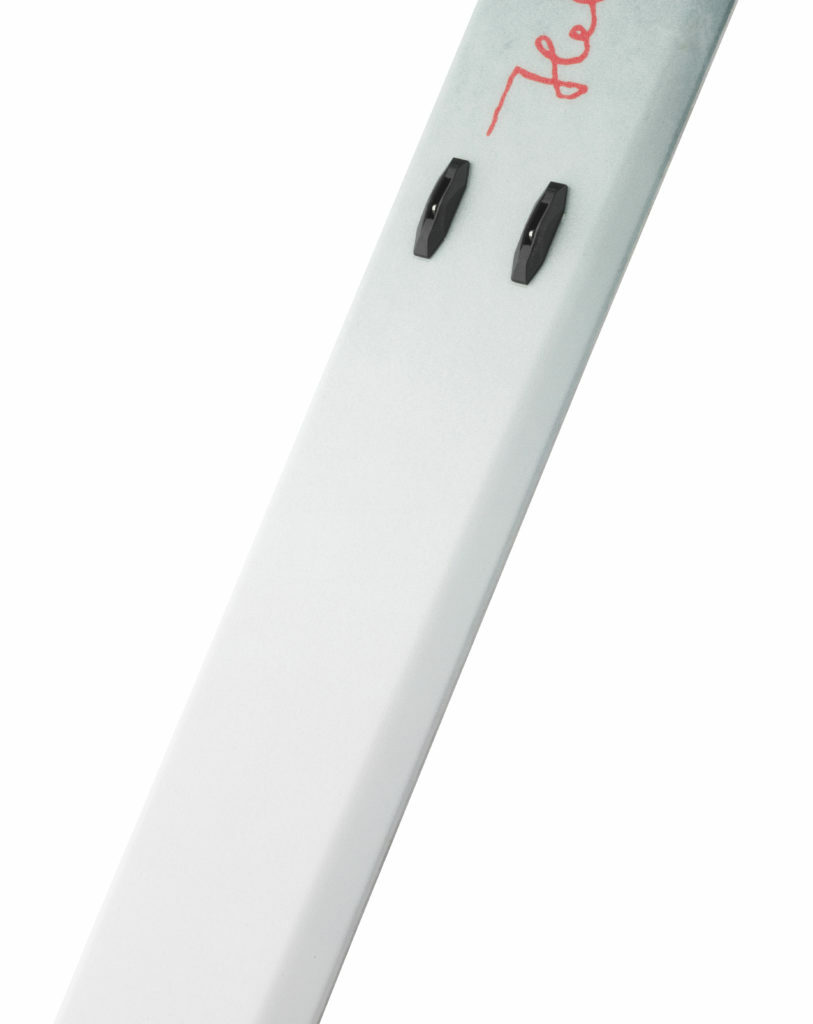

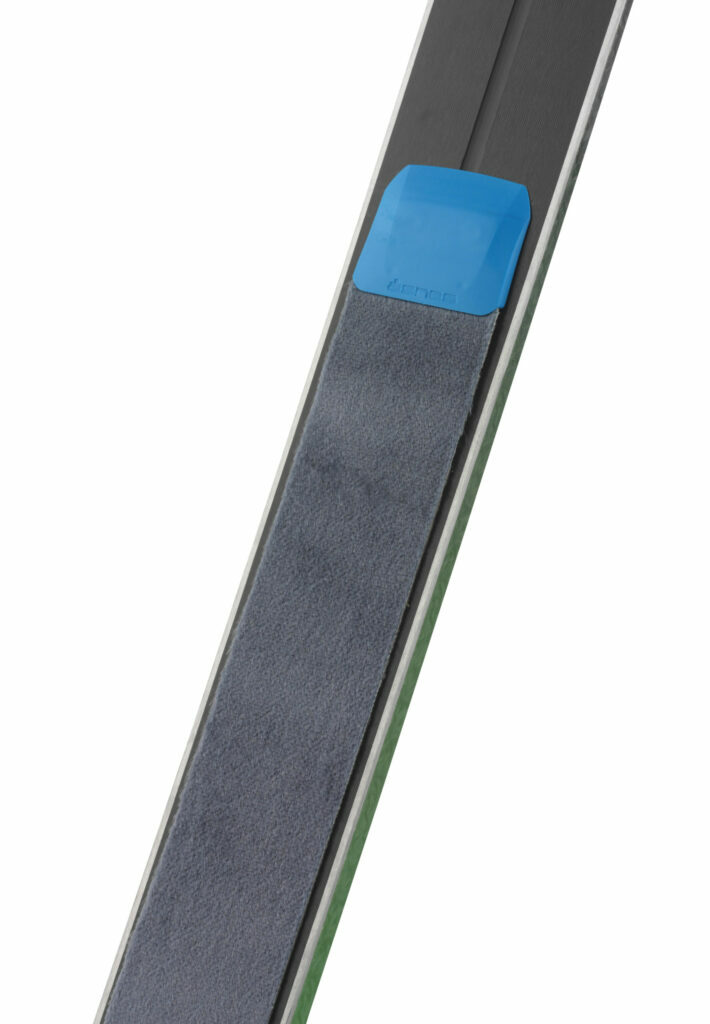
Drilling holes for skin attachment. Video: Crister Næss/Åsnes

Fjellski: cross-country BC
Our cross-country BC skis – in detail

Wood core
All our cross-country BC skis have a wooden core of two-year-seasoned poplar, often laminated in combination with paulownia (and sometimes other woods suitable for ski production). These afford skis of a greatly pleasurable substantiality, keeping bindings securely attached and giving the ski a natural “life”. From long experience, we know that this is an essential part of the intrinsic pleasure of excellent skis. Tensioned wooden cores are also much better for walking with than cores of other materials.

The materials for the wooden cores are stored and dried outdoors for around two years before final seasoning in a humidity-controlled chamber. The result is wood with the absolute optimum balance of moisture. Laminates are then produced, a bit like structural “glulam” beams, which are later shaped into wooden cores. That work is largely done by hand, with purpose-built machine tools. Photo: Crister Næss/ Åsnes
“Over-dimensioned” steel edges (2.1 x 1.9 mm)
All our steel-edged skis are fitted with solid 2.1 x 1.9mm steel. Our steel edges have the same quality and strength as those used on alpine touring skis. We chose these because this particular alloy works best for nordic conditions and hard use.
There’s always a balance to be struck between stiffness, strength, elasticity and weight when making good steel edges. We’ve chosen not to compromise on quality or functionality, however. Ours is the best production option available.
No other steel edge we’ve tested works as well as one we currently use.

Steel edges cut to the correct lengths before being fitted into the skis. They’re further ground and hardened before the skis are finished. Photo: Crister Næss v/ Åsnes
Solid nylon cap
The topsheet (“cap”) on all our skis is made from a conspicuously durable nylon. We’re the best in class for durability. We use the nylon cap in all our skis – the surface texture varies between models; the strength is the same. We handpicked this one because of its strength, hydrophobic properties, and capacity to withstand an absolutely enormous amount of beating from steel edges. Again, we’re yet to find an alternative better than the one we’re using.

Printing of the design before being covered by the cap
Photo: Crister Næss v/ Åsnes

Nylon cap before being moulded to the shape of the ski.
Foto: Crister Næss v/ Åsnes
Sintered sole
Patterned waxless bases apart, our cross-country BC skis come with waxable sintered soles of a quality higher than that found in many alpine touring skis, let alone other fjellski.
We use an OKULEN® 3000+ for our sintered bases, which provides better wax absorption than, for example, P-Tex 2000, and which is significantly better in quality than extruded soles.
Our sole is made of high quality UHMW-PE, literally on the grounds of its density at the molecular level. Our bases are chosen for offering a good balance between functionality, durability, performance, and wax absorption. They’re sandable, hard-wearing, and the glide is superb.
These are attributes providing optimal functioning in harsh Nordic and polar conditions.
Waxing skis
Good glide wax and grip wax can really make the experience of skiing. Read all about it here.

Grinding the sole
Since 2014, our factory has used one of the world’s most advanced grinding machines from Monatana in Switzerland. Their PRO machines permit extremely precise grinding for base and edge alike – as well as a virtually surgical capacity to adjust, diagnose and optimise the grind.
Grinding cross-country skis
Video: Crister Næss/Åsnes

Alpine touring/ freeride

Wood core
All our alpine touring and freeride skis have a full wooden core consisting of dense laminates. The construction is similar, perhaps, to structural “glulam” beams. We use a lot of poplar; the ratio between weight, smoothness and elasticity is particularly nice. We often laminate a stronger, denser, wood against the sidewalls and beneath the binding surface to ensure even more strength and solidity.
These gives them a solidity; it makes them a pleasure to ski. A true wooden core will always make for more secure bindings. Done with skill, it imbues the ski with “life”. Long experience has taught us that this life is essential for skiing pleasure. Tensioned wooden cores also give a ski much more life, playfulness and, scientifically speaking, “pop” than heavier timber or excessive use of composite materials. A ski containing a lot of carbon won’t be as much fun to ride as a ski made mainly of wood.
Specially selected steel edges (2.1 x 1.9 mm)
All the skis we make with a steel edge are fitted with a solid 2.1 x 1.9mm steel edge. Our steel edges have the same quality and strength as those used on alpine touring skis. We chose these because this particular alloy works best for nordic conditions and hard use.
There’s always a balance to be struck between stiffness, strength, elasticity and weight when making good steel edges. We’ve chosen not to compromise on quality or functionality, however. Ours is the best production option available.
No other steel edge we’ve tested works as well as one we currently use.
Solid nylon cap
The topsheet (“cap”) on all our skis is made from a exemplarily durable nylon. We’re the best in class for durability. We use the nylon cap in all our skis – the surface texture varies between models; the strength is the same. We handpicked this one because of its strength, hydrophobic properties, and capacity to withstand an absolutely enormous amount of beating from steel edges. Again, we’re yet to find an alternative better than the one we’re using.
Sintered sole
Our touring and freeride skis come with sintered soles of, literally, the highest quality. With current technology, there aren’t really any better options than the soles we use.
Our sole is made of high quality UHMW-PE, literally on the grounds of its density at the molecular level. Our bases are chosen for offering a good balance between functionality, durability, performance, and wax absorption. They’re sandable, hard-wearing, and the glide is superb.
Our sole is made of high quality UHMW-PE, literally on the grounds of its density at the molecular level. Our bases are chosen for offering a good balance between functionality, durability, performance, and wax absorption. They’re sandable, hard-wearing, and the glide is superb.
These are attributes providing optimal functioning in harsh Nordic and polar conditions.
Grinding the sole
Since 2014, our factory has used one of the world’s most advanced grinding machines from Monatana in Switzerland. Their PRO machines permit extremely precise grinding for base and edge alike – as well as a virtually surgical capacity to adjust, diagnose and optimise the grind.
Reinforcement
Some of our skis use certain materials for reinforcement, affording better stability, torsional rigidity and improved handling. This might be carbon, titanal, fibreglass, natural rubber, or other materials.
We use materials like these to adjust, or to compensate, for the use or deliberate exclusion of other materials in the ski. We want to ski to provide the best performance and what we call “skiglede” (skiing-pleasure) in Norwegian, in relation to its weight and constituent materials.
We explain what goes into each ski on its individual page.
Carbon and glassfibre
Strictly speaking, there’s no such thing as a “carbon ski”. You can read all about that, and more about carbon, fibreglass and laminates, for reinforcement and the construction of good skis, here.

ABS sidewalls
All the skis we make with a semi-cap construction have ABS sidewalls. This flat piece that covers the sidewall, known as Acrylonitrile-butadiene styrene, often called ABS plastic, is a type of thermoplastic that has come to be the standard in good skis. As well as providing good stability, it protects the ski against water penetration – and from those of us who really use them as much as we can, as hard as we know how.

ABS-sidewalls before production.
ABS sidewalls mean higher costs for ski manufacturers. But these sidewalls offer skis certain particularly desirable attributes. Being strong and notably dense, if affords the ski torsional stiffness and better control of the edge.
Torsional stability is the resistance to twisting and bending. You want a lot of this when, say, going from edge to edge, initiating a turn, carving, manoeuvring on the edge between boulders or shedding speed with control.
As a result, skis with ABS sidewalls respond better to being driven hard, on edge, than skis without. Skis with such sidewalls like these are easier to repair if you should damage the steel edge – even if they’re somewhat heavier and are more expensive to produce.
Apart from our lightest alpine ski, all our alpine touring and freeride skis are made with these sidewalls.
Sidewalls
Sidewalls – an overlooked part of ski construction. If you don’t know your sandwich from your semi-cap, read all about sidewalls here.

«Sporten – is permanent progress. We have manufactured skis for more than 120 years, and skiing means everything to us. We carefully select the materials and develop the production process. We are fascinated by the progress, we take care of the balance between manual and robotic production. Each ski must be perfect.»Sporten Ski & Snowboards
European fabrication – Czechia
Today, we produce all our skis in an excellent fabrication facility in the Czech Republic. The factory was formerly called Sporten. It still produces skis under this brand today. The factory’s owners bought the Kästle brand in 2019 and changed the place’s name.
With access to technology that other ski plants don’t, the factory can produce most things in-house. More, they always hold a lot of fabrication material; we buy it together in advance, so that we can quickly prototype new skis and scale production at any time. The control systems, quality assurance and the careful selection of materials are overseen by our production manager – the third generation of the Åsnes family engaged in the production of skis bearing that name.
The factory produces skis for many of the most well-known and established ski brands in the world. The work they do for us is second to none.
History, experience and a deep knowledge
The factory we use, not unlike Åsnes, has a very long history of ski production. In fact, they have been making skis since 1896! The experience and knowledge shared between Åsnes and the factory is enormous; probably unmatched by anyone else. The opportunities we have for development, the access we have to knowledge and information are tremendous. And the factory serves as a solid partner.
European production
Production here affords us security in the form of European standards for materials, the working environment, our environmental footprint and responsible operations. The relatively short journey brings peace of mind – no overly demanding logistics and fewer fossil fuel transport miles.
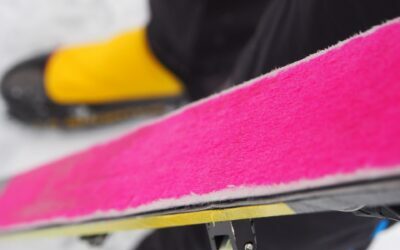
Choosing the right skin
Short skins have revolutionised trips to the backcountry on nordic skis. Long skins get you to the top. You can nail gliding, climbing, pulling, gripping, poor conditions, good conditions, days when you’re feeling too lazy to wax. We break down material, length, width, care, and everything else you’ll want to know.
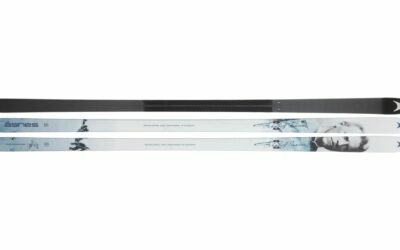
Waxless or waxable skis?
Buying new skis and not sure whether to choose waxable or waxless bases? Maybe you think grip wax is tricky. Maybe you find the convenience of waxless is enticing. Here’s your path through the pros and cons (and the science!) of both…
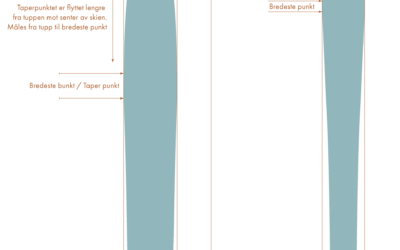
Rocker, nordic rocker, taper and sidecut
Reading the specs, we read about rocker, nordic rocker, taper, and sidecut. If you don’t know what these things are, or what effect they have on the properties of your skis, read on as we break it down…

Tailoring long skins for alpine touring
Wondering how to tailor your skins for alpine touring? Here’s an overview – care and trimming long skins for touring skis.
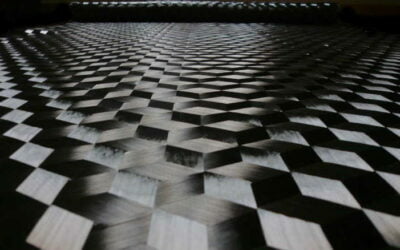
What are carbon skis really?
Is there really any such a thing as a “carbon ski”? Well… no. We explain why – and what carbon and fiberglass actually mean to ski construction.

Mounting bindings on cross-country BC skis
If you’re going to mount bindings on cross-country skis built for breaking trail, you have a choice. You can let professionals do it for you and avoid water damage to the wooden core, screws sitting proud of the holes or crooked bindings… or you can bid farewell to your warranty cover, prepare the polyurethane glue and drill, and read on…